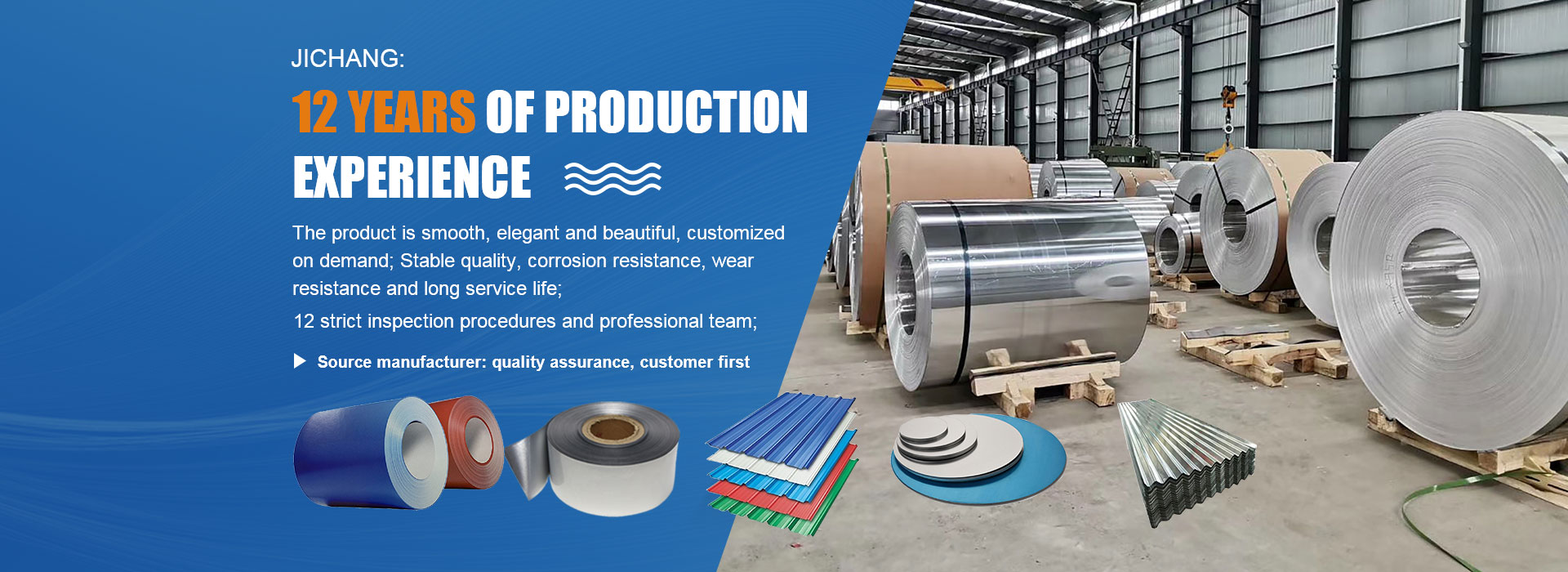A new type of construction material
The development of hot-dip galvanizing production in my country has been lagging behind. From the 1950s to the 1960s, 13 single-sheet steel flux hot-dip galvanizing units were successively built, with a capacity of 100,000 t/a. Stopped and switched production. From the end of the 1970s, my country began to build large-scale broadband hot-dip galvanizing units.
Hot-dip galvanized strip has always been in short supply in the Chinese market. Since the mid-1990s, about 800,000-1,000,000 tons have been imported from abroad every year. With the development of the domestic economy, especially the development of the automobile, household appliances and construction industries, the demand for galvanized strip steel has also greatly increased. In the past 20 years, my country has built a batch of production lines with an annual output of more than 100,000 tons, but the hot-dip galvanizing units belong to low-level traditional technology in terms of process flow, equipment composition and product variety, and cannot meet the requirements of my country in terms of variety, quality and quantity. To meet the needs of economic construction and development, new hot-dip galvanizing lines still need to be built to meet market needs.
Since the 1990s, the production of galvanized steel sheets in my country has made great progress, and the processing capacity of galvanized steel sheets already existing and under construction in China has reached nearly 3 million tons. The market share of domestic galvanized sheet increased rapidly, from about 27% in 1996 to about 59% in 1998. The main domestic manufacturers are Baosteel, Wuhan Iron and Steel, Panzhihua Iron and Steel, Handan Iron and Steel, Benxi Iron and Steel and other five enterprises. The total production capacity has exceeded 1.3 million tons.
The main gap between the existing hot-dip galvanizing units in my country and the foreign level is that most of the units do not have pre-cleaning equipment, which is difficult to guarantee the quality of the galvanized surface; the existing skin-passing machines are relatively simple two-roll skin-passing machines. The steel is four rolls), which cannot better improve the mechanical properties of the strip, especially the deep-drawing properties; the existing varieties are all single galvanized sheets with only a small amount of alloyed sheets, which are far from meeting the needs of the market.





